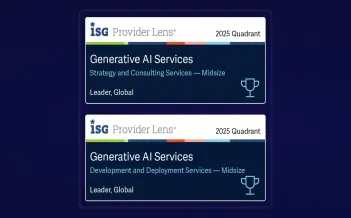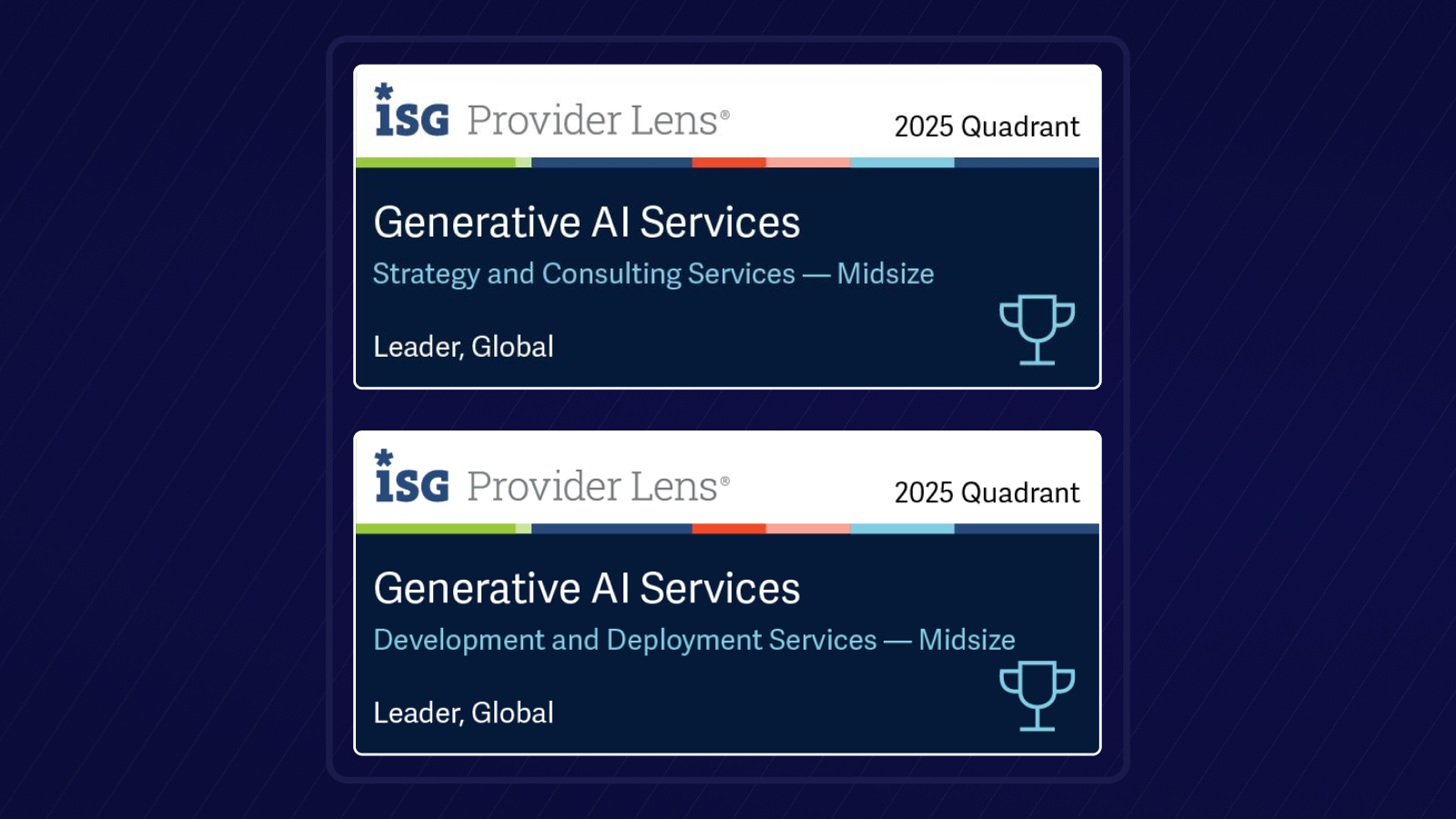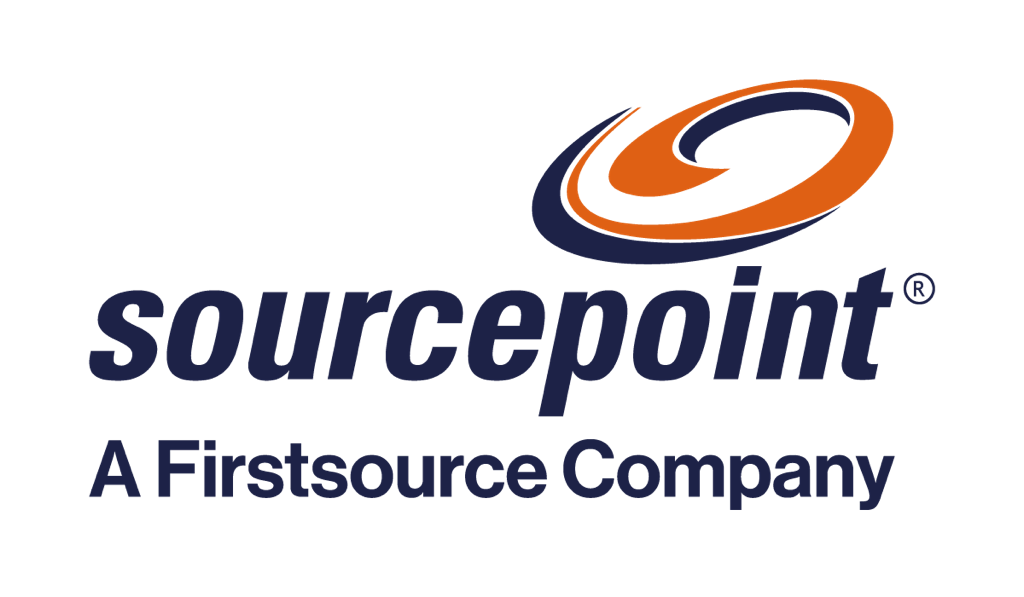Scientists have proved that Einstein’s theory of relativity is correct.
A team of researchers, led by Stanford University astrophysicist Dan Wilkins, recently spotted light at the other side of a black hole 800 million light-years away.
Black holes swallow light. Their gravitational pull is so strong that nothing can escape. But they can bend light around themselves. And that’s what the scientists saw. For the first time.
The discovery got me thinking about debt.
Debt sucks people in like a black hole
The pull to spend more money is strong, the debt spirals and it’s difficult to break free. But, beyond the black hole that is debt, it’s still possible to see the light.
Debt is hard on everyone — the person doing the owing, and the person doing the chasing. The stigma associated with debt can make it tough for those in trouble to reach out for the support — if the condition continues, it puts considerable pressure on mental and physical wellbeing.
Nobody wants a call from a debt collector, and nobody wants to be the person making that call, hassling and hustling fellow humans when they’re often at their lowest ebb.
In fact, according to Hiya’s 2021 State of the Call report on global data from more than 150 billion calls processed in 2020, 94% of unknown calls went unanswered. Imagine the number of calls a collections representative would need to make periodically to establish contact with a customer.
We need a more humane and sensitive way to gather our dues. And, as economic challenges in the wake of the pandemic seem set to deliver a tsunami of debt delinquency, we need that new approach now more than ever.
A digital-first approach to debt collection
This approach is to put humans first.
Back in 2018, 73% of customers in late delinquency made a payment when contacted digitally, with email and SMS being the preferred methods of communication. Today, digital is even more embedded, accepted and expected. Customers demand digital, and lenders must embrace it to improve recovery rates.
When it comes to debt collection, digital has two standouts yet seemingly contradictory benefits: it can be highly personalized, and it also removes the friction of difficult personal conversations.
Handpicked Related Content
The increasingly digital consumer – Implications and strategies for the collections industry
At the heart of a digital debt collection model is an engaging and empowering self-service tool that puts your customers in control. It makes it easier for them to connect and process payment when, where and how works best for them.
It puts them back in the driving seat and enables them to take the lead in resolving their debt by shaping a manageable payment plan they are motivated to stick to. And it gives you the warp speed ROI you need.
Black holes are environments where the laws of physics are pushed to the limit, as people are where they’re in debt.
But, as Einstein supposedly said, “in the middle of difficulty lies opportunity”.
How can Firstsource help you?
Explore Firstsource’s Digital Debt Collections platform underpinned by our ‘Digital First, Digital Now’ approach that leverages diverse tools and technologies to reduce your cost of collections to as low as 3%. It leverages Analytics, Automation, Artificial Intelligence (AI) and Machine Learning (ML) to boost insight, strengthen segmentation and improve targeting to ensure that you deliver personalized, and fully compliant campaigns.
Get a demo of Firstsource’s Digital Debt Collection Platform to realize the real potential of digital-first Collections.
Featured resource
Download our whitepaper Collections of the future – A study by Everest Group to learn about the key considerations for lenders as they design a future-ready collections model.










